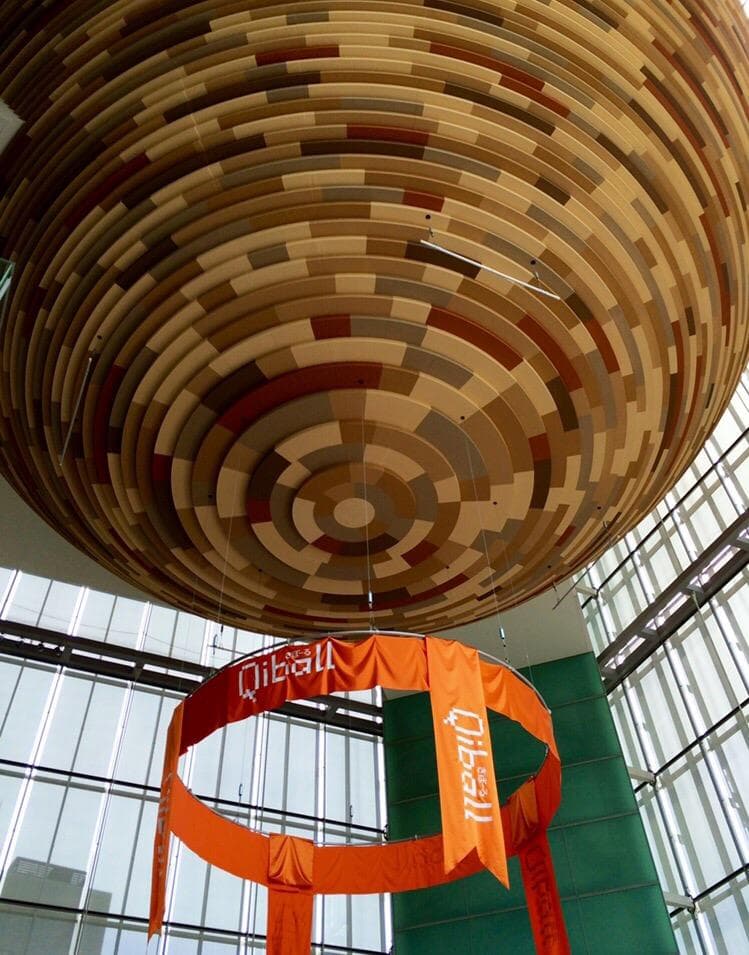
Chiba City Museum of Science Qiball
Chiba City Museum of Science Qiball: A high-tech wonderland with interactive exhibits on technology, robotics, and a captivating planetarium.
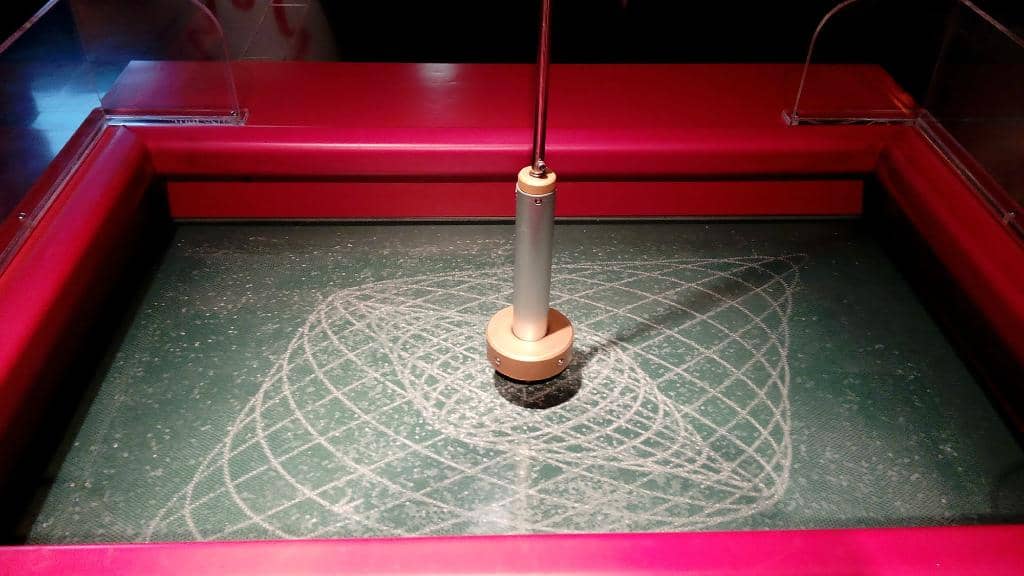
Highlights
Must-see attractions
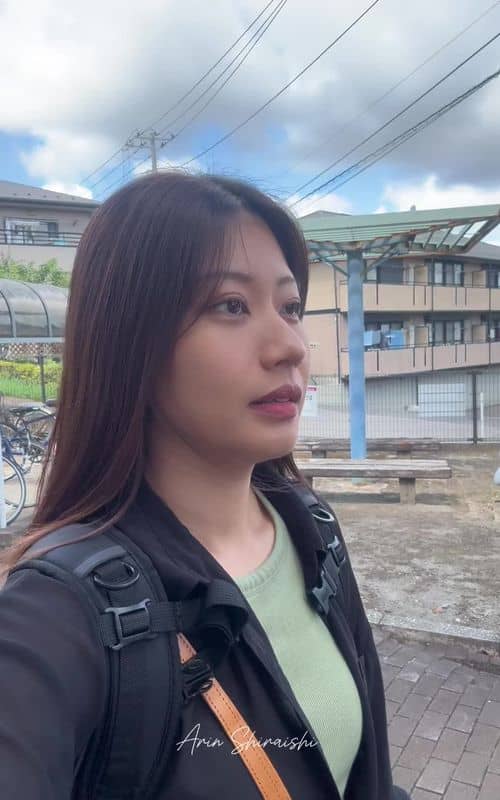
Social
From TikTok & Reddit
Best Time
Fewer crowds, more space to explore

Chiba City Museum of Science Qiball
Best Time
Fewer crowds, more space to explore

Highlights
Must-see attractions
Chiba City Museum of Science Qiball: A high-tech wonderland with interactive exhibits on technology, robotics, and a captivating planetarium.
"Lots of fun, interactive activities that kept us engaged for nearly three hours! "
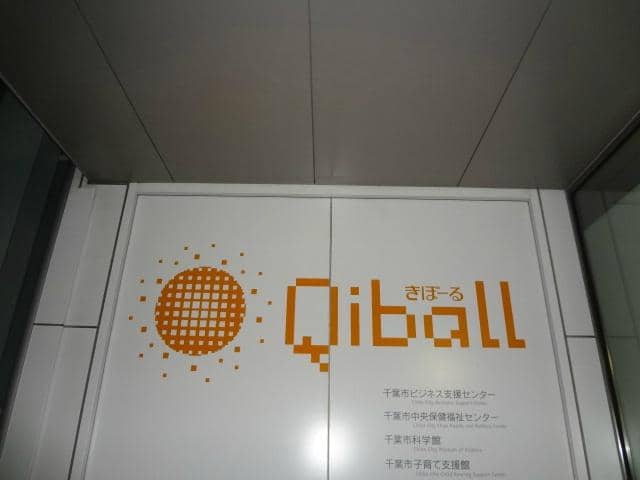
📱 Translation App Ready
Bring your phone and a translation app for exhibit descriptions.
👨👩👧 Stroller Strategy
Ask staff for service elevator access if using a stroller.
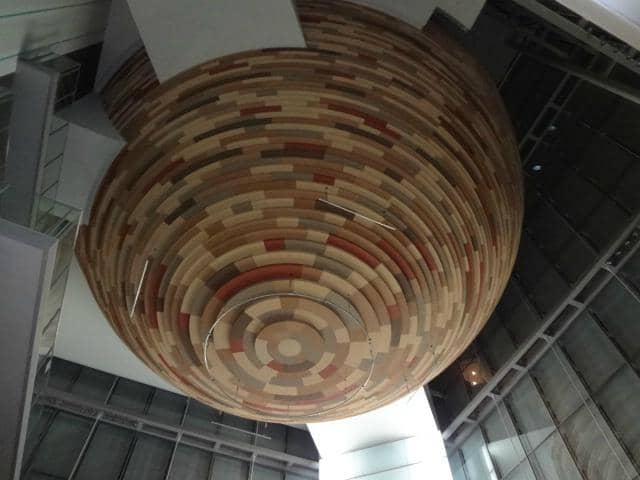
Highlights
Discover the most iconic attractions and experiences
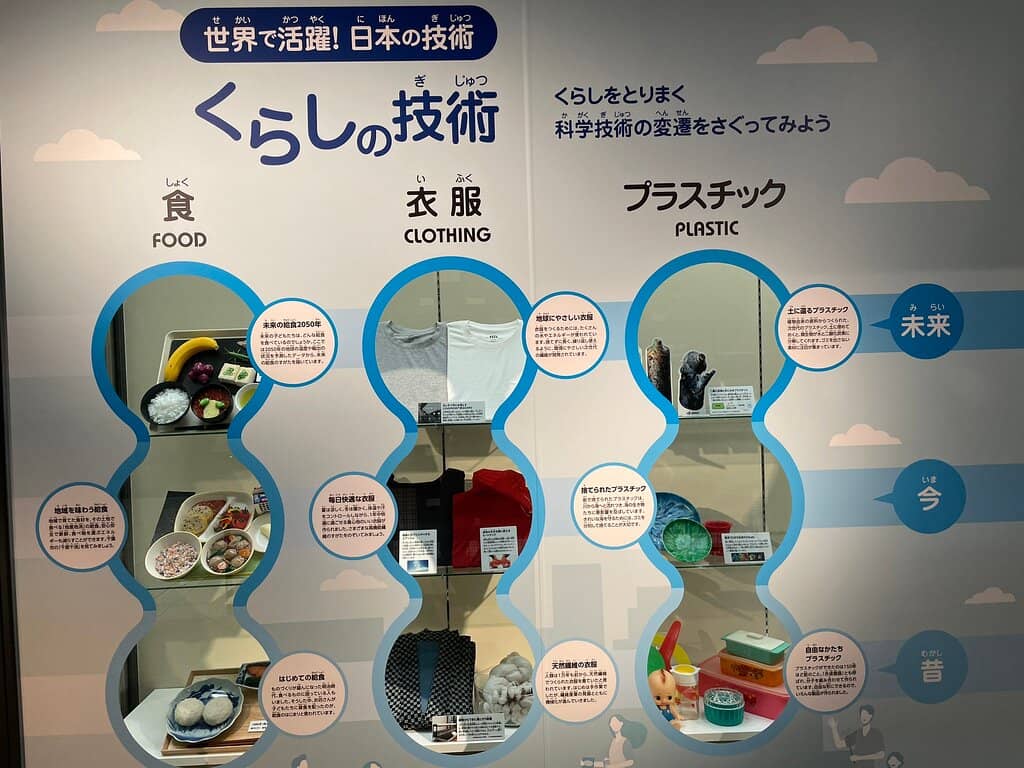
Interactive Science Exhibits
Engaging, hands-on displays and mini-games make learning about science fun for all ages.
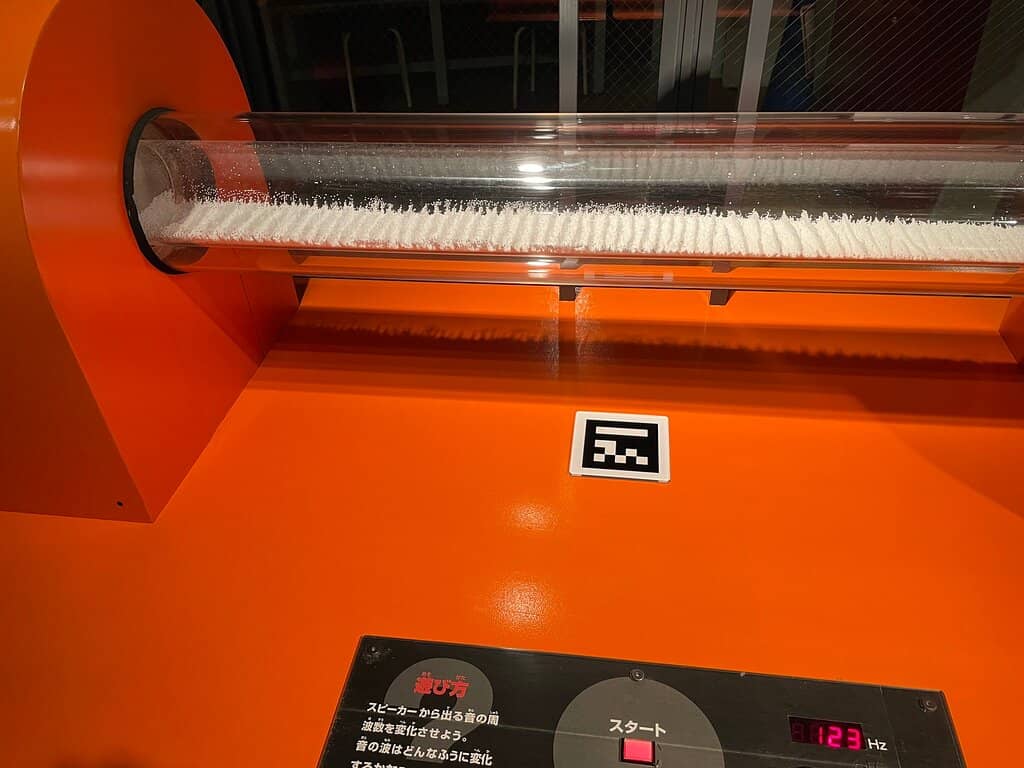
Planetarium Shows
Experience captivating shows, though most are in Japanese, so some context might be lost without translation.
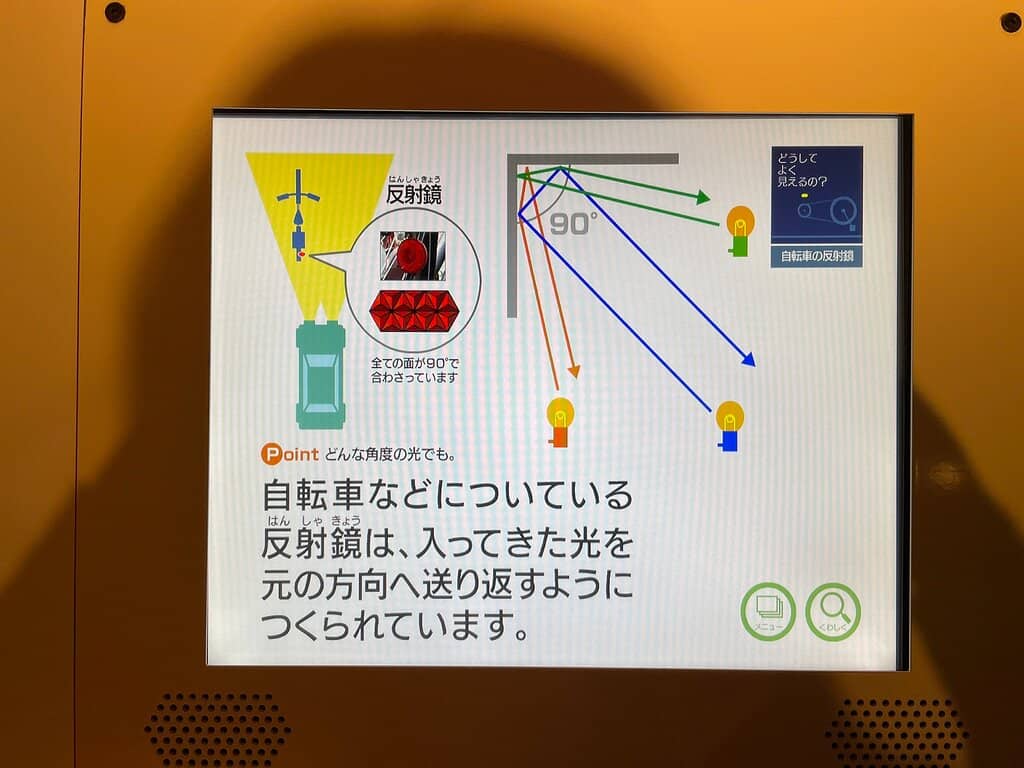
Robotics Demonstrations
Witness fascinating displays and demonstrations showcasing the latest in technology and robotics.
Plans like a pro.
Thinks like you
Planning Your Visit
Navigate the Exhibits
Family Access
Best Times
Insider Tips
from TikTok, Instagram & Reddit
📱 Translation App Ready
Bring your phone and a translation app for exhibit descriptions.
👨👩👧 Stroller Strategy
Ask staff for service elevator access if using a stroller.
Best history museums in Japan
🚀 Engage with Exhibits
Don't shy away from the interactive displays; they're the main attraction!
🌌 Planetarium Check
Confirm show times and language if you want to catch a planetarium screening.
Tips
from all over the internet
📱 Translation App Ready
Bring your phone and a translation app for exhibit descriptions.
👨👩👧 Stroller Strategy
Ask staff for service elevator access if using a stroller.
🚀 Engage with Exhibits
Don't shy away from the interactive displays; they're the main attraction!
🌌 Planetarium Check
Confirm show times and language if you want to catch a planetarium screening.
What Travellers Say
Reviews Summary
Visitors praise the museum for its highly engaging and interactive exhibits, making science fun for all ages. The planetarium offers a visually impressive experience, though most content is in Japanese. Some accessibility challenges exist for strollers due to the lack of a public elevator, but staff are helpful.
"We had a great time at the exhibition — lots of fun, interactive activities that kept us engaged for nearly three hours!
However, access with a stroller was a bit of a challenge. There’s no public elevator, so we had to ask the staff each time to use the service elevator to move between floors.
The staff were helpful, but it would be great to improve accessibility for families with small children or anyone with mobility needs.
Overall, a very enjoyable and educational experience!"
Katarzyna Cioslowska
"Great place but little english description. But a fun place. The films in the planetarium is also mostly in japanese, så wise to know some if you are going to watch or most of the stories will make no sense. Great views etc."
Amish Park
"Such a fun museum, very interactive even for those who don't know Japanese."
Frikar
What People Like
What People Dislike
Frequently Asked Questions
🚇 🗺️ Getting There
The museum is located within Aoba no Mori Park in Chiba City. It's accessible by public transport, with the nearest stations being Chiba Station or Keisei Chiba Station. From there, you can take a bus or enjoy a walk through the park.
Yes, Aoba no Mori Park typically has parking facilities available for visitors. It's advisable to check the park's official website for the most current parking information and fees.
Absolutely! You can take a train from Tokyo to Chiba Station, which is a common route. The journey usually takes around 30-40 minutes by rapid train.
Many visitors enjoy a leisurely stroll through Aoba no Mori Park to reach the museum, taking in the natural surroundings. It's a pleasant way to start your visit.
Chiba Station and Keisei Chiba Station are the main hubs. From these stations, you can find local bus routes that will take you closer to Aoba no Mori Park and the museum.
🎫 🎫 Tickets & Entry
Admission fees vary. For adults (junior high school students and above), the regular price is ¥1,000, with a special opening price of ¥600. For children (4 years to elementary school students), it's ¥500, with an opening price of ¥300. Children under 3 are free. Nighttime admission is ¥1,200 for adults and ¥700 for children.
While not always mandatory, booking in advance, especially for special events or planetarium shows, is recommended to secure your spot. Check the museum's official website for the latest ticketing information.
Operating hours can vary, especially for nighttime sessions. It's best to check the official museum website for the most up-to-date information on daily opening and closing times.
The provided information details pricing for adults and children, but specific group or student discounts are not explicitly mentioned. It's advisable to inquire directly with the museum for any applicable group rates.
Yes, there are separate admission fees for the planetarium, with different pricing for daytime and nighttime shows, and for adults and children.
🎫 🔬 Onsite Experience
Yes, the museum is known for its highly interactive exhibits, offering mini-games and scientific demonstrations that are engaging for visitors of all ages.
Unfortunately, most of the exhibit descriptions and planetarium films are primarily in Japanese. Visitors who don't understand Japanese may need to use a translation app to fully enjoy the content.
The museum offers many interactive exhibits that children can enjoy. However, accessibility for strollers can be a challenge due to the lack of a public elevator.
The planetarium offers captivating shows, but be aware that most are in Japanese. It's a great experience if you understand the language or are interested in the visual spectacle.
Many visitors find themselves engaged for nearly three hours, exploring the various interactive exhibits and potentially catching a planetarium show.
📸 📸 Photography
Photography is generally allowed in most areas of the museum, but it's always a good idea to check for any specific restrictions, especially in the planetarium or during special exhibitions.
The interactive exhibits themselves often make for dynamic and interesting photos. The planetarium dome can also offer unique photographic opportunities before or after a show.
It's best to avoid using flash photography, as it can be disruptive to other visitors and potentially interfere with some exhibits. Always look for signage regarding flash use.
Expect to capture vibrant images of hands-on science experiments, futuristic robotics displays, and the immersive dome of the planetarium.
During planetarium shows, photography is usually prohibited to avoid disturbing the audience and the projection. Check the guidelines before the show begins.
For Different Travelers
Tailored advice for your travel style
👨👩👧 Families with Kids
While the museum is fun, be aware that most exhibit descriptions are in Japanese. Bringing a translation app can help bridge this gap. For families with strollers, note that there isn't a public elevator, so you'll need to coordinate with staff for service elevator access. Despite this, the engaging activities make it a worthwhile visit for a fun and educational outing.
🧑🎓 Solo Travelers & Science Enthusiasts
While the lack of English descriptions might be a slight hurdle, the hands-on nature of the displays means you can still gain a lot from the experience. Consider downloading a translation app to get the most out of the scientific explanations. The planetarium also offers a visually stunning experience, even if the language is primarily Japanese.
Deep Dives
In-depth insights and expert knowledge
Exploring the Interactive Exhibits
Many visitors highlight the sheer fun and engagement factor, noting that they can easily spend hours exploring. The museum encourages a playful approach to learning, making complex scientific concepts accessible and exciting. It's a place where both children and adults can discover new things and revisit fundamental scientific ideas in a dynamic setting.
Key takeaway: Embrace the hands-on nature of the exhibits. Don't hesitate to touch, play, and experiment. Using a translation app can enhance your understanding, but the core experience is designed to be intuitive and fun regardless of language.
The Planetarium Experience
While the visual spectacle is impressive, understanding the narrative or educational content might be challenging for non-Japanese speakers. Some visitors recommend checking show schedules and languages beforehand if this is a concern. Despite the language barrier, the immersive dome and stunning visuals can still provide a memorable experience.
Tip: If you're keen on understanding the planetarium content, consider looking for shows with visual storytelling or checking if any special English-language screenings are available. Otherwise, enjoy the breathtaking visuals and the unique atmosphere of the dome.
Accessibility for Families
However, the staff are reportedly helpful and can assist visitors by allowing them to use a service elevator. This solution, while functional, highlights an area where improved accessibility would significantly enhance the visitor experience for families with small children or individuals with mobility needs.
Recommendation: If you are visiting with a stroller or have mobility concerns, be prepared to communicate with the staff upon arrival to arrange for elevator access. This proactive approach will help ensure a smoother visit.






Social
from TikTok, Instagram & Reddit